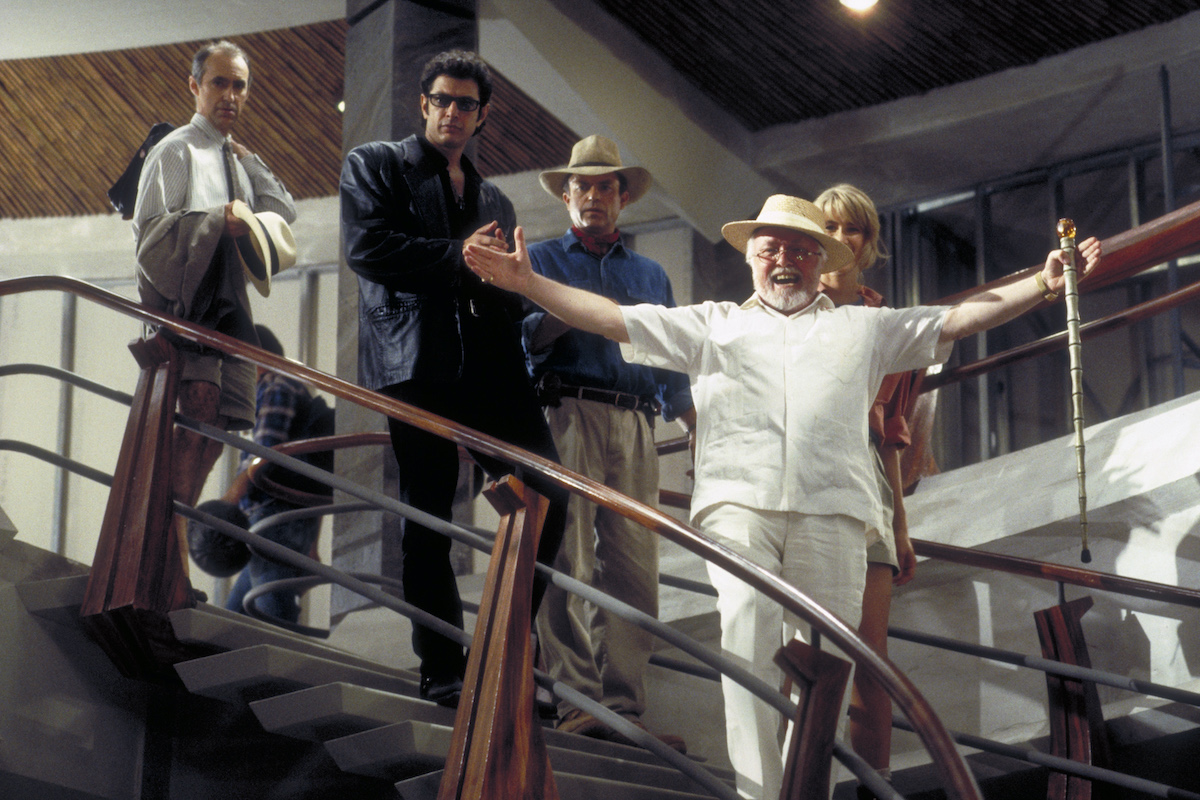Jurassic Park Technology Is Here and Scientists Are Using It To Make Meatballs
Yes, I'd probably eat it.

Most of the time, these tech bro companies launch their dumb little products and I scratch my head and wonder who in the hell would ever want what they’re peddling. (I am looking squarely at you Elon Musk, wanting to implant things in my head.) However, I am willing to make an exception for this startup that just unveiled a giant meatball that they’ve engineered from woolly mammoth DNA. Per Reuters:
The meatball was created by Australian cultured meat company Vow which – promising this was not an April Fools’ joke – said it wanted to get people talking about cultured meat, calling it a more sustainable alternative for real meat.
“We wanted to create something that was totally different from anything you can get now,” Vow founder Tim Noakesmith told Reuters, adding that an additional reason for choosing mammoth is that scientists believe that the animal’s extinction was caused by climate change.
So, this is a political statement as much as it is about meatballs. Ok. I’m not going to pretend I think they completely nailed the landing here. The overall message of climate change bad, meatball … good? Is a bit muddy, but I am writing this from an IKEA couch, and they also have meatballs, so from where I’m sitting (literally) they have my attention and now I’m hungry and want meatballs so I think this is mission accomplished.
How did they create the meatball? With Jurassic Park-esque technology, of course. Per Reuters:
Since the mammoth’s DNA sequence obtained by Vow had a few gaps, African elephant DNA was inserted to complete it.
“Much like they do in the movie Jurassic Park”, Ryall said, stressing the biggest difference is that they were not creating actual animals.
I like the way this guy thinks. Don’t create animals that could kill you. Just create food that everyone likes. Smart.
If you like meatballs—and again, who doesn’t—you may be thinking to yourself “where can I get one of these bad boys!?” and friend, I am way ahead of you. I do, however, have some bad news: This meatball is not for eating … yet. That’s because Vow needs to put the woolly mammoth meatball through testing to determine if its fit for human consumption (I mean, I’ve been to college, there’s always one person who will eat anything, if they’re wondering what will happen; but I see where they’re coming from.) Per the above article:
“Its protein is literally 4,000 years old. We haven’t seen it in a very long time. That means we want to put it through rigorous tests, something that we would do with any product we bring to the market,” Noakesmith said.
Vow hopes to put cultured meat on the map in the European Union, a market where such meat as food is not regulated yet.
I know we have the FDA (which actually has a policy on cultured meat already, though there are no products currently on the market in the US) but as an American, I’m so used to companies just winging it and then screaming about “cancel culture” (*cough* Elon *cough*), this mildly ethical approach is actually refreshing.
So, no woolly mammoth giant meatball until they know how it will affect you. For the record, people in modern memory have eaten woolly mammoth. The general report back was that it wasn’t great, but that probably has more to do with the fact it was frozen for a very long time. Fresh woolly mammoth? Could be a whole other story!
(featured image: Murray Close/Getty Images)
Have a tip we should know? tips@themarysue.com